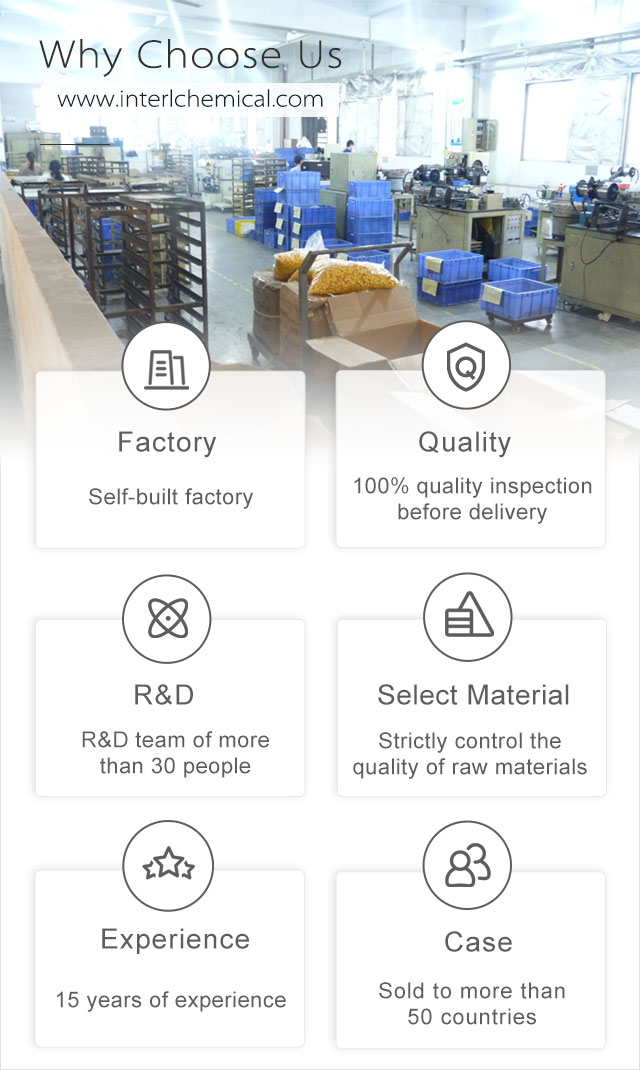





Related Attributes
Product details
1,3-Butadiene CAS 106-99-0 is an important petrochemical raw material with a wide range of applications in synthetic rubber and synthetic resins. In the synthetic rubber industry, butadiene accounts for 80% of the global consumption of butadiene.

There are two main production methods for 1,3-Butadiene Raw Materials:
1,3-Butadiene Raw Materials Colorless gas with special odor. Slightly soluble in water, soluble in ethanol, methanol, soluble in acetone, ether, chloroform, etc.. It is the raw material for synthetic rubber, synthetic resin, nylon and so on. Preparation method mainly has butane and butene dehydrogenation, or by carbon tetra fraction separation and obtained. It is anesthetic, especially irritating mucous membrane, easy to liquefy. Critical temperature 161.8, critical pressure 4.26 MPa. Forms explosive mixtures with air, explosion limit 2.16~11.47% (v/v).
1,3-Butadiene Raw Materials is an important basic organic raw material for petrochemical industry, with a wide range of industrial uses. Because it is a conjugated diolefin, 1,3-Butadiene Liquid can be substituted, addition, cyclization, polymerization and copolymerization with a variety of compounds, and can be used to synthesize a variety of organic chemical products. Synthetic rubber industry is the most important field of butadiene, 1,3-Butadiene Liquid consumption accounted for 80% of the total global consumption of butadiene, 1,3-Butadiene Liquid is mainly used in the synthesis of styrene butadiene rubber, butyl rubber, chloroprene rubber, nitrile rubber and polybutadiene rubber. Butadiene is also widely used in synthetic resins, such as ABS resin, K resin, MRS resin and thermoplastic elastomer SBS.

Applications / Functions of 1,3-Butadiene Liquid
1,3-Butadiene Liquid is used as a raw material for synthetic rubber, synthetic resin, synthetic fiber, plasticizer and emulsion paint.
1,3-Butadiene Raw Materials are the main raw materials for the production of synthetic rubbers (styrene butadiene rubber, male-butadiene rubber, nitrile butadiene rubber, and chloroprene rubber). With the development of styrene plastics, styrene is copolymerized with butadiene to produce a variety of resins for a wide range of applications (e.g., ABS resins, SBS resins, BS resins, and MBS resins), and butadiene is gradually taking an important role in the production of resins. 1,3-Butadiene Raw Materials are also used in the production of ethylidene hypoglycolide (the third monomer of ethylene-propylene rubber), 1,4-butylene glycol (engineering plastics), and 1,4-butylene glycol (engineering plastics), as well as in the production of synthetic rubber. Butylene Glycol (engineering plastics), adiponitrile (nylon 66 monomer), cyclobutanesulfone, anthraquinone, tetrahydrofuran and so on. 1,3-Butadiene Raw Materials are also used in the production of fine chemicals. Butadiene is used as a raw material for the production of fine chemicals. There are mainly the following aspects.

1,3-Butadiene Liquid properties and stability
1,3-Butadiene CAS 106-99-0 Colorless gas with weak aromatic odor, easily liquefied. Soluble in alcohols and ethers, also soluble in acetone, benzene, dichloroethane, amyl acetate and furfural, copper ammonia acetate solution. Insoluble in water.
1,3-Butadiene CAS 106-99-0 has a double bond that is somewhat longer than the usual C=C double bond, a single bond that is somewhat shorter than the usual C-C single bond, and a C-H bond that is shorter than in butane. This is the result of the bond averaging that occurs in the 1,3-Butadiene CAS 106-99-0 molecule. This interaction between atoms, which exists and is exhibited in conjugated systems, is called the conjugation effect. We also call the conjugation effect of 1,3-Butadiene CAS 106-99-0 a pie-pie conjugation since there are sigma sigma sigma and pie pi bonds between C and C, and it is the pie bond that acts as the conjugation effect. As a result of the conjugation effect, the pie-bonding electron becomes an off-domain electron that moves in molecular orbitals and is no longer confined between two carbon atoms.
The averaging caused by the conjugation effect is a property within the molecule.1,3-Butadiene Liquid molecule has a completely symmetrical distribution of its electron cloud when the molecule is not subjected to external influences. However, when an addition reaction with a reagent such as BR occurs, the polarization of the molecule is induced by the influence of BR ions. As a result, the C1 atom's electron cloud density increases, slightly partially negatively charged, while C2's electron density correspondingly decreases, slightly partially positively charged, and because C2 is slightly partially positively charged to attract electrons, from the two again affects the piper electron cloud of C3 and C4, so that C3 is slightly partially negatively charged, and C4 is slightly partially positively charged.
It can be seen that more conjugated diolefins are more likely to undergo 1,2 or 1,4 addition. Polar solvents are not favorable for 1,4 addition. In non-polar solvents, increasing the temperature is more favorable to the increase of 1,2 structure content, while in the polymerization of hydrocarbon solvents with the participation of polar additives, increasing the temperature is more favorable to the increase of 1,4 structure content. Of course, the specific mode of addition is also influenced by the structure of the reactant j.
Production method of 1,3-Butadiene Liquid
The industrial production of 1,3-Butadiene Liquid can be synthesized from carbaryl and acetaldehyde, catalytic dehydrogenation of butene, one-step dehydrogenation of n-butane, and extraction of C4 from the by-production of ethylene, etc. The production of 1,3-Butadiene CAS 106-99-0 is the most economical with the extraction of by-production of ethylene, and the proportion of the production of butadiene from this method is getting bigger and bigger in different countries and regions. The proportion of butadiene production from dehydrogenation of butane and butene is decreasing, and the ethanol production of butadiene is gradually shut down.
Why choose us?

HRK Factory

About Shipping

Pharmaceutical Intermediate manufacturers
©2023 Xi'an Henrikang Biotech Co., Ltd.,